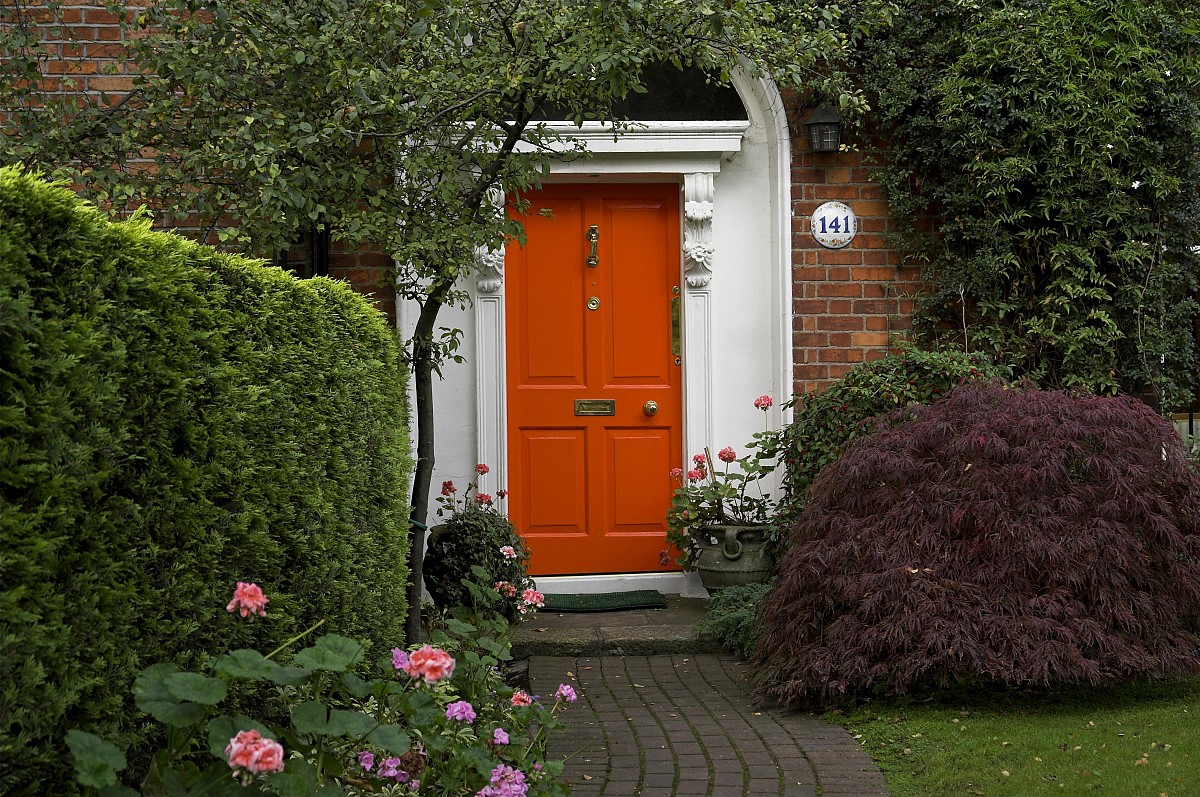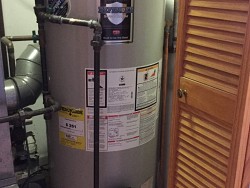Vinyl Versus Wooden Door Frames
 Nowadays, even the simplest building choices can become totally overwhelming when you’re faced with the endless array of options available. It’s true for tile and it’s true for paint, and yes, it’s even true for something as innocuous as a door frame. These day there are many different materials used for door frames, from fancy fiberglass to flimsy aluminum.
Nowadays, even the simplest building choices can become totally overwhelming when you’re faced with the endless array of options available. It’s true for tile and it’s true for paint, and yes, it’s even true for something as innocuous as a door frame. These day there are many different materials used for door frames, from fancy fiberglass to flimsy aluminum.
But of all the alternatives, two remain at the very top in terms of popularity and performance: vinyl and wood. Each of these carries its own set of pros and cons, although both are excellent building materials. Let's examine the two to see the specific differences between vinyl and wooden door frames.
Vinyl
Vinyl is the Number 1 material used for framing doors and windows. Why has it become so popular? Because vinyl offers great thermal performance, while requiring almost no maintenance. Due to its superior thermal regulation and exceptional insulation, vinyl is generally regarded as the most energy efficient of the framing choices.
The vinyl used for framing is most often PVC, or polyvinyl chloride, combined with UV stabilizers for stability and durability. These frames are rigid vinyl with multi-chamber profiles, which contributes to insulation while increasing strength and resistance. The frame and sash corners are welded, as opposed to simply screwed, creating a seal that's nearly impervious to weather damage. Vinyl framing is incredibly air and moisture resistant. It often comes with a long-term (sometimes even lifetime) guarantee.
And finally, vinyl tends to be a very cost-effective choice. Basic vinyl framing is relatively inexpensive, although premium products in fancier finishes are also available.
Wood
Wood is a classic material for door framing, and remains one of the most popular options. What really sets wooden door frames apart is the warm, natural feeling that they bring to a room. Wood comes in a wide variety of species and finishes, so it can be used to suit any style. Much like vinyl, wood also offers great thermal performance.
Maintaining wooden door frames is as simple as occasional painting or staining. This is easy work, but still more maintenance than vinyl requires. And unlike vinyl, wood is susceptible to issues such as termites or rot. Some wood frame manufacturers offer products with aluminum or vinyl cladding on the outside, which can help to avoid these problems. This also cuts down on maintenance, but sacrifices the natural beauty of real wood.
As a result of wood's excellent thermal performance, it’s also very energy efficient. However, it is prone to expansion and contraction when exposed to changing weather conditions. This can cause warping, and over time the wood might become damaged, making it less energy efficient. Some manufacturers offer engineered wood products, which may be used to optimize performance.
When it comes to vinyl versus wooden door frames, the bottom line is that both options offer excellent performance and energy efficiency. If you’re looking for a durable, low-maintenance frame, then vinyl is probably the choice for you. But if the overall aesthetic is your priority, then the classic look of real wood is the way to go. At the end of the day, it boils down to your own personal preference.
To install your choice of wood or vinyl door frame, find a reliable, experienced contractor.
Sayward Rebhal writes for Networx.com.
Updated February 14, 2018.
Looking for a Pro? Call us (866) 441-6648

Carpentry Average Costs
Carpenters Experiences

Restaurant Ceiling Fan Installation To Beat The Florida Heat

Leaf Removal This Year, More Landscape Work Next Summer



